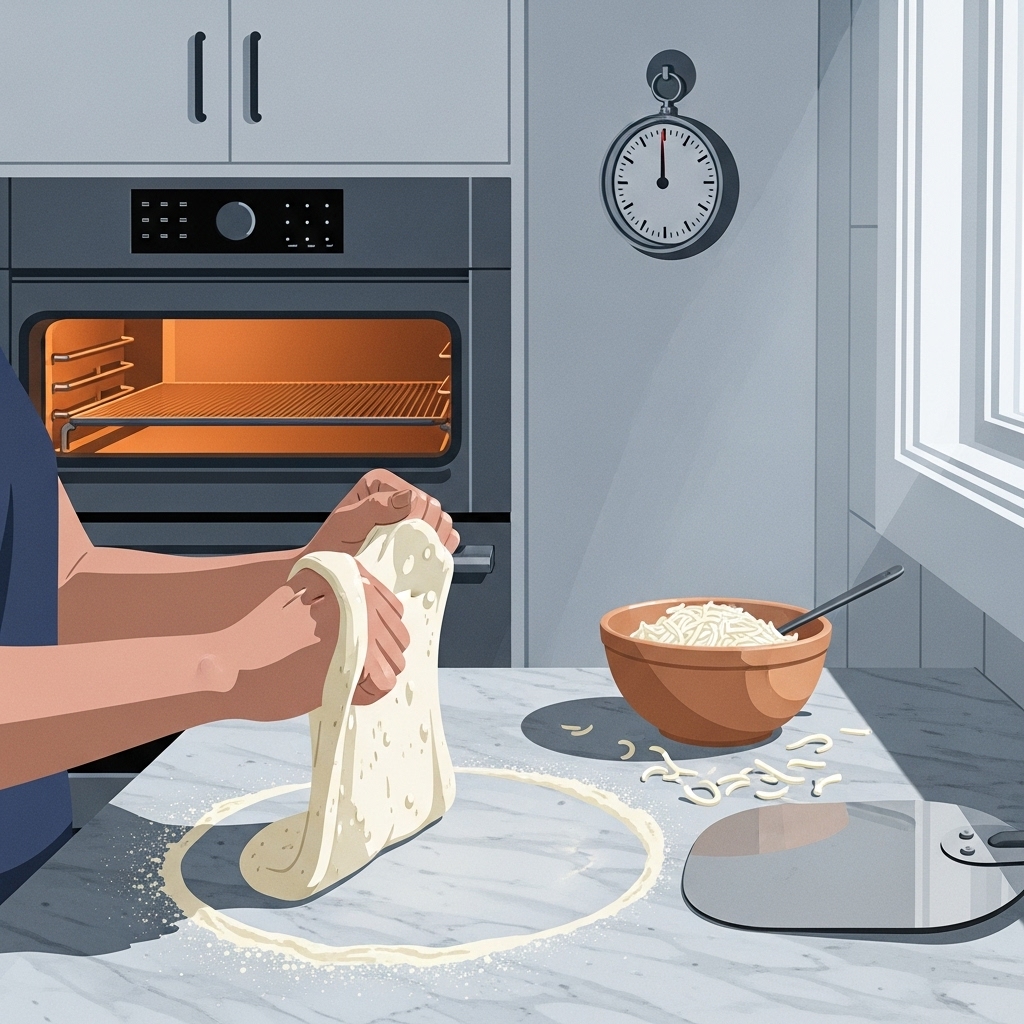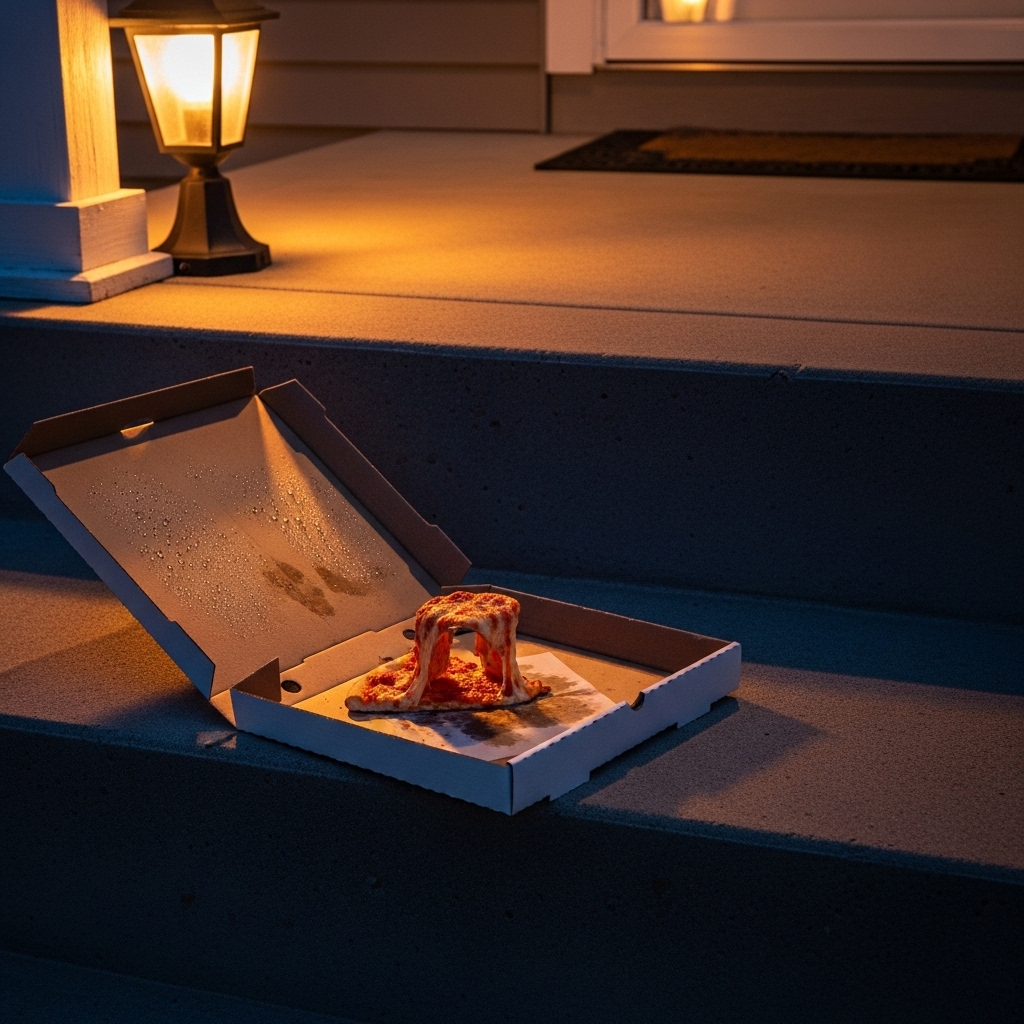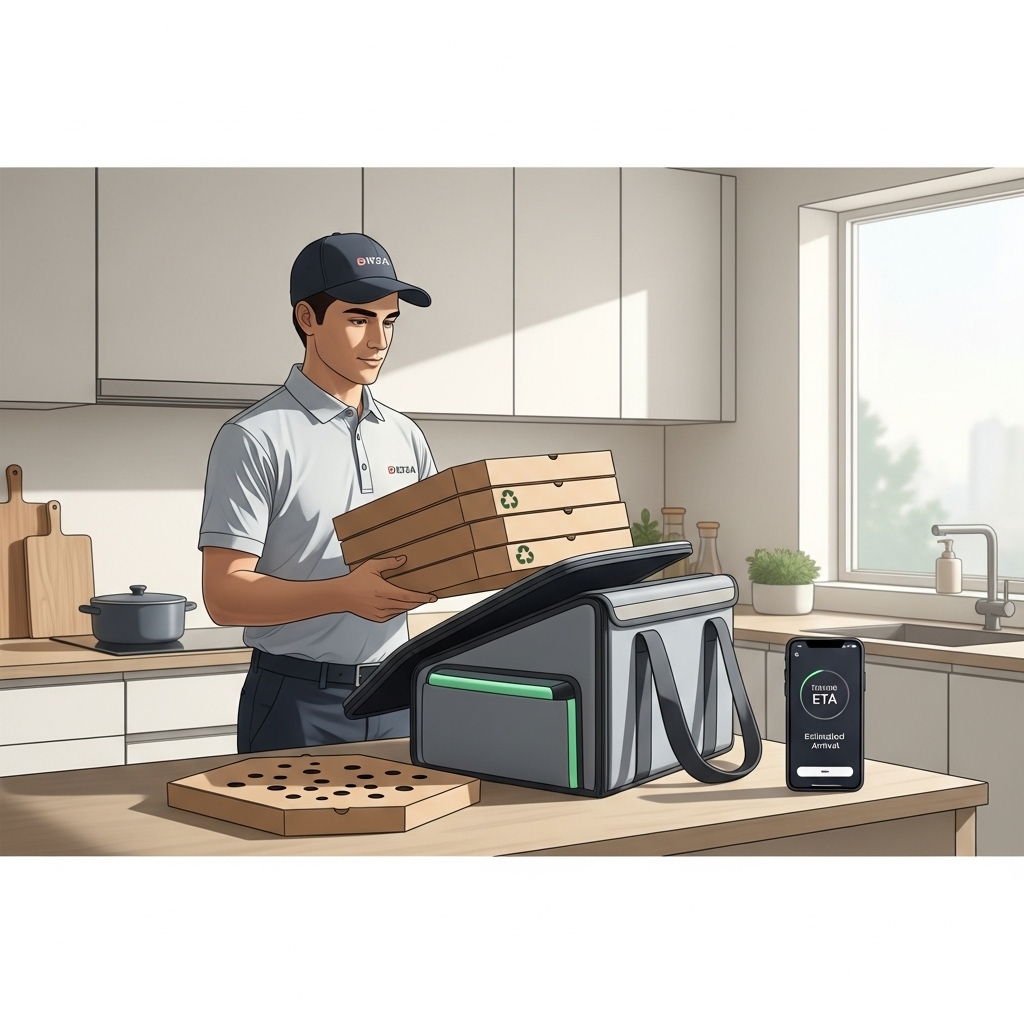Encino kitchens are busy places—kids doing homework at the counter, a friend popping by after a Ventura Boulevard errand, the evening breeze lifting the curtains while you preheat the oven. Home pizza fits this rhythm beautifully, but it also brings a few predictable challenges. Maybe your dough snaps back when you try to stretch it, or your crust bakes pale and soft. Perhaps the center gets soggy under toppings, the cheese breaks into oil, or your slice refuses to crisp on reheat. After years of tinkering between Lake Balboa picnics and quiet weeknights at home, I’ve gathered practical, Encino‑tested fixes that turn frustration into the kind of confidence that makes homemade pies a weekly go‑to. And when you want a sure thing for busy nights, there’s no shame in calling for well‑made pizza—a helpful benchmark for texture and balance that inspires your next home bake.
Start with dough temperament. If your dough resists stretching and springs back, it’s telling you the gluten network is tight. The cure is rest. Let the dough warm to room temperature and relax for 20 to 30 minutes, covered, before you try again. If it still fights, give it another short rest. Good dough should feel extensible, not rubbery. For those using refrigerated balls from a local market, pull them out early. A relaxed dough opens easily, which means you won’t mash out the gas bubbles that become airy pockets in the oven.
Fermentation drives flavor and texture. If your baked crust tastes bland, it likely needed more time. An overnight cold rise in the fridge can transform your results, developing complex, toasty notes and improving digestibility. Even store‑bought dough benefits from an extra day of rest. Keep it in a lightly oiled container, allow room for expansion, and resist the urge to over‑knead, which can toughen the final crumb.
Oven strategy is the backbone of home success. Most residential ovens in Encino top out around 500 to 550°F. To mimic a professional deck, preheat a baking steel or stone for at least 45 minutes on the top third rack. The preheated mass stores energy, giving you rapid bottom browning that prevents sogginess. If your oven allows, switch on the broiler briefly near the end to encourage top browning without overcooking the base. That one‑two punch—searing heat from below and a broiler kiss from above—gets you closer to the pizzeria experience.
Soggy centers often come from wet toppings and heavy hands. Pat fresh mozzarella dry, drain vegetables like mushrooms and tomatoes after a quick sauté, and resist piling on too many ingredients. Water is the enemy of crisp. Build with a light sauce layer, measured cheese, and a few well‑chosen toppings. You’ll get a cleaner bake and flavors that register more clearly. If you love vegetable‑dense pies, consider par‑baking the crust for a couple of minutes before dressing, then finish with the wet ingredients.
Stretching technique matters. Work from the center out, pressing gently to define a rim, then lift the dough over your knuckles and let gravity help. Avoid rolling pins, which can crush gas pockets and yield a denser crust. If the dough tears, pinch it closed and give the round a moment to relax before continuing. A little patience here pays off in an open, tender crumb.
Flour choice shapes character. All‑purpose flour makes a friendly, versatile dough; bread flour adds chew and structure thanks to higher protein; and a blend can deliver both lift and tenderness. If your crust bakes tough, reduce kneading or hydration slightly. If it bakes bready, increase hydration a touch and extend the fermentation window. Keep notes—you’ll be surprised how quickly you dial in your house style.
Cheese behavior can be tricky. When cheese breaks and pools oil, it’s often a heat or moisture problem. Use well‑drained mozzarella and apply it sparingly so heat can circulate. Consider a mix of low‑moisture mozzarella for structure and fresh mozzarella for creamy bursts. Add fresh cheese in smaller pieces so they melt evenly. If you enjoy a post‑bake flourish, finish with a light grating of pecorino or parmesan rather than loading everything up front.
Sauce should be simple. Crushed tomatoes with a pinch of salt and a thread of olive oil often outperform cooked, heavily seasoned sauces at home temperatures. Too much sugar or long cooking can dull the brightness you want. Spread with a light hand—just enough to coat. Remember, the sauce is a supporting actor, not the whole show.
Humidity and weather play a role in Encino kitchens. On hot, dry days, dough may ferment faster and need shorter proofing. On cooler, damp evenings, it can move more slowly. Learn your kitchen’s rhythms and adjust. If your dough over‑proofs and collapses, reshape gently, give it a brief rest, and bake. It won’t be perfect, but a well‑managed “rescue” bake often surprises.
For crisp reheat, skip the microwave. Use a skillet over medium heat with a lid for a minute or two to warm the top, then remove the lid to let the base re‑crisp. Alternatively, reheat on a preheated baking steel at 400–425°F for a few minutes. The goal is to drive off moisture and restore crunch without overcooking the toppings.
Sticking is another common frustration. If your peel clings to the dough during launch, dust lightly with semolina or a blend of semolina and flour, work quickly, and give the peel a gentle shimmy before opening the oven to ensure the round slides. Parchment is a forgiving fallback—build the pie on parchment, launch onto the stone, and slide out the paper halfway through once the crust sets.
If your rim refuses to puff, the culprit is usually under‑proofed dough, an oven that isn’t fully saturated with heat, or heavy toppings weighing down the edges. Give the dough more time, ensure a thorough preheat, and keep toppings away from the outer ring so it can lift and blister.
When experimenting with whole grains or gluten‑free formulas, think structure. Whole‑grain doughs benefit from higher hydration and a touch of sweetener to encourage browning. Gluten‑free doughs need support from blends that include starches and gums to mimic elasticity. Press them into the pan rather than trying to stretch, par‑bake to set, then top and finish.
Flavor lift comes from restraint and finishing. A drizzle of olive oil, a handful of fresh basil, or a squeeze of lemon over mushrooms can make the entire pie feel brighter. Consider post‑bake greens like arugula, which bring peppery freshness and a pleasing temperature contrast. Small moves, big gains.
Halfway through your home‑pizza learning curve, you may want a reference point—a pie that shows you the target texture, balance, and bake. That’s when ordering well‑made pizza is more than convenience; it’s research. Compare the underside color, the rim’s openness, the topping distribution, and how the pie holds its crispness over time. Then aim your next home bake accordingly.
Finally, give yourself grace. Even pros have off nights, and home ovens introduce variables that are simply different from a commercial deck. Celebrate the wins, learn from the near‑misses, and remember that pizza, at its heart, is about enjoyment. If the family is gathered, the conversation is flowing, and you’re proud of a leap forward—say, a better‑browned base or a cleaner slice—then dinner was a success.
Why does my dough keep tearing when I stretch it?
It’s probably under‑rested or under‑hydrated. Let it warm and relax, and consider increasing hydration slightly. Handle gently to avoid popping air pockets, and pause whenever you feel resistance.
How do I get a crisp bottom in a home oven?
Use a preheated steel or stone for at least 45 minutes, bake on a higher rack, and finish with a brief broiler burst. Pat toppings dry and avoid overloading the center, which can trap steam.
What’s the best cheese strategy for even melt?
Combine low‑moisture mozzarella for structure with small pieces of fresh mozzarella for creamy spots. Drain well, apply modestly, and let heat circulate so cheese doesn’t oil out.
Why is my crust pale even after a full bake?
It may need more sugar in the dough, a hotter surface, or longer preheat. A touch of oil in the dough can aid browning, and par‑baking helps set structure before toppings go on.
How should I reheat leftover slices?
Skillet with lid on then off, or a preheated steel in the oven. The goal is to evaporate moisture and restore crispness while keeping toppings tender.
Can I make good pizza without a stone or steel?
Yes. Use an inverted, preheated sheet pan to mimic a hot deck, keep pies modest in size, and work with drier toppings. Results won’t match a steel, but they’ll be satisfying.
Any tips for gluten‑free or whole‑grain experiments?
Hydrate more, par‑bake for structure, and consider blends designed for elasticity. For whole grains, give the dough time to absorb water; for gluten‑free, press into the pan rather than stretching.
Ready to turn your kitchen into Encino’s favorite pizzeria?
Gather your ingredients, preheat with purpose, and keep notes. And when you want a flawless benchmark or a no‑stress dinner, order thoughtfully crafted pizza, compare textures and flavors, and let each slice teach your next bake.




